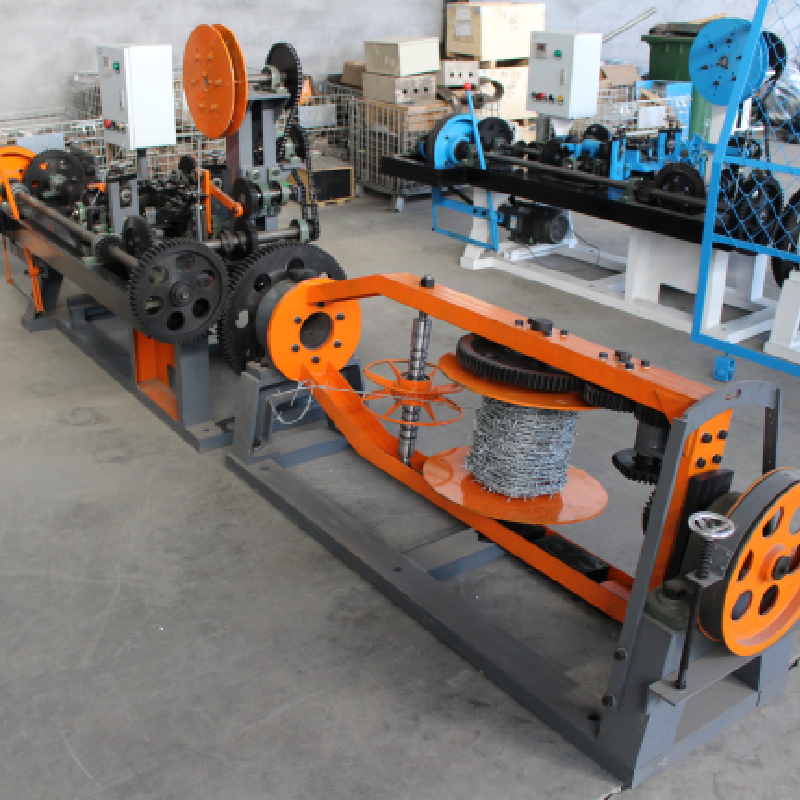barbed iron wire
Nov . 11, 2024 23:44
The Evolution and Significance of Barbed Iron Wire
Barbed iron wire, often simply known as barbed wire, is an invention that has had a profound impact on agriculture, safety, security, and military applications throughout history. Its design, involving sharp barbs twisted around a central wire, was crafted to deter livestock and intruders alike. Understanding its origins, development, and multifaceted uses can shed light on its importance in contemporary society.
Historical Context
The concept of enclosing land and livestock is as old as agriculture itself, but before the advent of barbed wire in the late 19th century, farmers relied primarily on wooden fences and stone walls. These solutions were expensive and labor-intensive to build and maintain. The innovation of barbed wire came in 1867 when a patents were filed by various inventors. Among them, Joseph F. Glidden's design, patented in 1874, became the most popular due to its effectiveness and ease of production.
Barbed wire was initially developed for use in the American West, where open grazing land was common, and cattle were prone to wandering. The availability of inexpensive materials and the simplicity of its construction allowed ranchers to fence off their land quickly and effectively. This facilitated the growth of the cattle industry and transformed the landscape of the American plains, particularly during the expansion of railroads in the late 1800s.
The Mechanics of Barbed Wire
Barbed wire consists of a strong steel wire with evenly spaced sharp barbs projecting from it. The design serves multiple purposes it is enough of a deterrent to keep livestock in and intruders out while being lightweight and easy to install. Barbed wire is often strung between wooden or metal posts to create a secure boundary. Depending on its intended use, barbed wire can be manufactured in various strengths and configurations, catering to different agricultural and security needs.
The barbs not only dissuade animals and intruders but also provide a psychological barrier. The sight of barbed wire signals the presence of a controlled space, enhancing its protective capability.
Applications Beyond Agriculture
barbed iron wire

While barbed wire's primary use remains in agriculture, where it secures fields and pastures, its applications extend far beyond farming. In the realm of security, barbed wire fences are a common sight around prisons, military bases, and sensitive installations. The threatening appearance of barbed wire acts as a strong psychological barrier against potential trespassers.
In conflict zones, barbed wire has long been employed to create safe perimeters. Military strategies during World War I and World War II emphasized the use of barbed wire in trench warfare, serving both as a defensive mechanism and as an obstacle that hindered enemy advancements.
Additionally, in urban settings, barbed wire can be found atop fences of properties where security is a concern, further establishing its role as a deterrent against crime.
Cultural Representation and Controversy
Despite its utility, barbed wire is not without its controversies. It often symbolizes imprisonment and oppression, and its presence can evoke negative connotations related to confinement and human rights violations. Many artistic representations employ barbed wire to convey themes of struggle, conflict, and societal divisions.
For instance, poets and artists have utilized barbed wire imagery to critique militarization and the consequences of violence. It stands as a stark reminder of the divisions that exist in society, highlighting the tension between security and freedom.
The Future of Barbed Wire
In modern times, while advanced technologies continue to develop in security systems, barbed wire remains relevant. Innovations have led to the creation of electrified barbed wire, which adds an additional layer of security. Furthermore, sustainable alternatives to traditional barbed wire are being explored, focusing on reducing environmental impact while maintaining effectiveness.
Ultimately, barbed iron wire represents more than just a tool for fencing; it embodies the intersections between innovation and necessity, security and freedom. As we move forward, understanding its historical context and societal implications will remain crucial in assessing its role across various domains. Its legacy endures, reminding us of the balance between protection and restriction that continues to influence human interactions with the environment and each other.




















